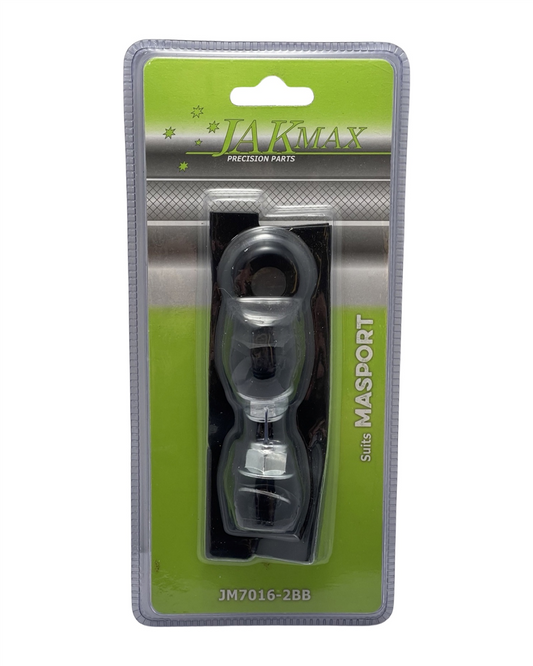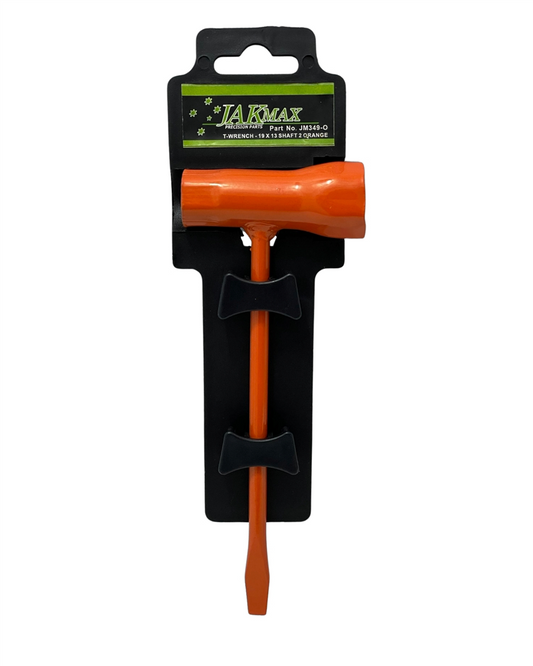The science behind soil pH and vegetable gardening
Share
The Secret to Thriving Vegetables: Understanding Soil pH
Picture this—you're standing in your garden, trowel in hand, staring at your veggie patch with sheer determination. You've picked the best seeds, watered diligently, and whispered sweet nothings to your plants. But despite your efforts, some veggies flourish, while others sulk like a toddler refusing to eat greens. What gives? It all comes down to your soil’s pH.
What Is Soil pH and Why Does It Matter?
Think of soil pH as the personality of your garden bed. It’s a measure of how acidic or alkaline your soil is, on a scale of 1 to 14. Most vegetables prefer a pH between 6.0 and 7.5—a happy middle ground where nutrients are easily absorbed. If your soil is too acidic (below 6.0) or too alkaline (above 7.5), your plants may struggle to get the nutrients they need, no matter how much fertiliser you throw their way.
And here's the kicker—different veggies have different pH preferences. Blueberries thrive in acidic soil, while brassicas, like cauliflower and cabbage, enjoy a slightly more alkaline environment. Understanding this can mean the difference between a bountiful harvest and a whole lot of disappointment.
How to Test Your Soil pH
Before you can fix soil pH issues, you need to know where you stand. Testing your soil is simple:
- DIY Kits: Available at garden centres, these kits involve mixing soil with a solution and comparing the colour to a chart.
- pH Meters: A handy tool that gives instant readings when inserted into the soil.
- Professional Testing: If you want detailed results, a soil lab can provide a full breakdown of your soil’s composition.
Once you’ve tested your soil, you’ll know if it needs a little tweaking to become the perfect home for your veggies.
Fixing Soil pH: Simple Solutions
If your soil pH isn’t quite right, don’t panic! There are easy fixes to bring it into balance.
Raising Acidic Soil (Low pH)
Acidic soil can be a problem for many vegetables, causing nutrient deficiencies and stunted growth. To raise the pH:
- Add Lime: Agricultural lime or dolomite lime gradually increases soil alkalinity. It’s best applied in autumn or early spring.
- Wood Ash: A natural way to increase pH, wood ash also provides potassium—a great bonus for fruiting plants.
Lowering Alkaline Soil (High pH)
If your soil is too alkaline, nutrients like iron and phosphorus become harder for plants to absorb. These fixes can help:
- Elemental Sulfur: This is one of the most effective ways to bring pH down over time.
- Peat Moss: Helps create a more acidic environment while improving soil structure.
- Organic Matter: Adding composted materials, such as pine needles or coffee grounds, can gently nudge the pH lower.
pH-Friendly Tips for a Thriving Vegetable Garden
- Rotate Your Crops: Different plants have different effects on soil pH. Rotating crops can help keep soil balanced over time.
- Use Raised Beds: If adjusting pH in your native soil proves difficult, raised beds allow you to start with the perfect soil mix.
- Mulch Wisely: Organic mulches, like straw or leaves, can help maintain stable pH levels while keeping moisture in the soil.
A garden that thrives isn’t just about watering and hoping for the best. Getting your soil pH right gives your vegetables the best possible start. So, grab a test kit, make any needed adjustments, and watch your garden flourish!
Happy gardening!
Candeece
 Stay Connected
Stay Connected
Join our gardening community on Facebook the Urban Gardener's Notebook
And follow our Store Facebook Page: Strathalbyn H Hardware on Facebook









